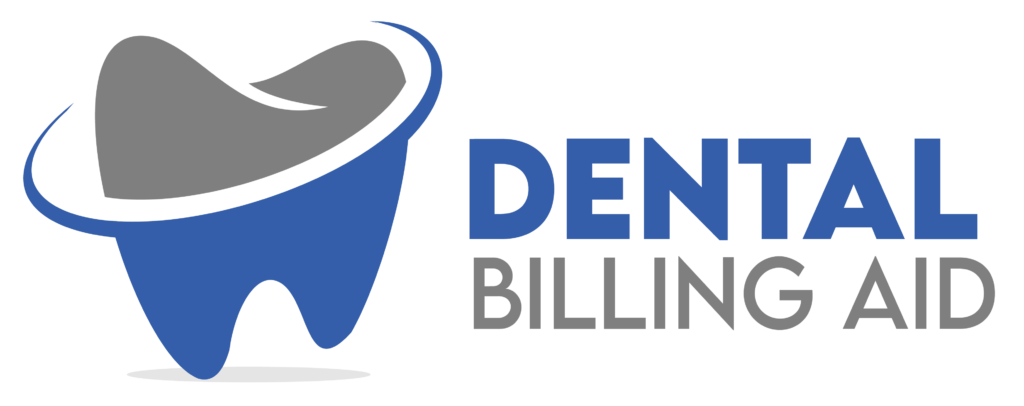In the bustling world of healthcare, where precision and patient well-being are paramount, the seemingly simple act of scheduling a dental appointment plays a crucial role in maintaining oral health and ensuring a smooth patient experience. Effective dental appointment scheduling is more than just filling time slots; it’s a delicate balance of patient needs, dentist availability, and efficient practice management.
The Importance of Seamless Scheduling:
For patients, a convenient and hassle-free scheduling process sets the tone for their entire dental experience. Easy access to appointments, flexible options, and clear communication can alleviate anxiety often associated with dental visits. Conversely, a cumbersome or inefficient system can lead to frustration, missed appointments, and ultimately, neglected oral health.
For dental practices, efficient scheduling is the backbone of a thriving operation. It directly impacts:
- Patient Flow: Well-spaced appointments minimize wait times, prevent bottlenecks, and ensure a smooth flow of patients throughout the day.
- Resource Optimization: Effective scheduling maximizes the utilization of dental chairs, staff time, and equipment, leading to increased productivity and profitability.
- Reduced No-Shows: Clear appointment confirmations, reminders, and flexible rescheduling options can significantly decrease the incidence of missed appointments, saving valuable time and resources.
- Enhanced Patient Satisfaction: A positive scheduling experience contributes to overall patient satisfaction and fosters loyalty.
Navigating the Scheduling Landscape: Traditional vs. Modern Approaches:
Historically, dental appointment scheduling relied heavily on phone calls and manual appointment books. While this method still exists, modern technology has revolutionized the process, offering numerous advantages:
-
Traditional (Phone-Based):
- Pros: Personal interaction, immediate clarification of queries.
- Cons: Time-consuming for both patients and staff, limited availability outside of office hours, potential for errors in manual entry.
-
Modern (Online and Digital):
- Online Portals: Allow patients to view available slots, book appointments, reschedule, and even complete pre-appointment forms at their convenience, 24/7.
- Automated Reminders: Systems send text messages, emails, or phone calls to remind patients of their upcoming appointments, reducing no-shows.
- Practice Management Software: Integrated software solutions streamline the entire scheduling process, offering features like calendar management, automated confirmations, and waitlist management.
- Mobile Apps: Provide patients with on-the-go access to scheduling features and practice information.
- Online Portals: Allow patients to view available slots, book appointments, reschedule, and even complete pre-appointment forms at their convenience, 24/7.
Key Elements of Effective Dental Appointment Scheduling:
Regardless of the approach, several key elements contribute to successful dental appointment scheduling:
- Accessibility: Offering multiple scheduling options (phone, online, email) caters to diverse patient preferences.
- Flexibility: Providing a range of appointment times and accommodating rescheduling requests (within reasonable limits) demonstrates patient-centricity.
- Clarity and Communication: Clearly communicating appointment details, sending timely confirmations and reminders, and providing instructions for pre-appointment preparation are crucial.
- Efficiency: Optimizing appointment durations based on procedure type and patient needs ensures efficient use of time.
- Staff Training: Equipping front desk staff with excellent communication skills and thorough knowledge of the scheduling system is essential for a positive patient interaction.
- Technology Utilization: Leveraging technology to automate tasks, manage calendars, and communicate with patients can significantly enhance efficiency.
- Waitlist Management: Maintaining a well-organized waitlist allows the practice to fill cancellations promptly and accommodate patients who need earlier appointments.
Best Practices for Dental Practices:
To optimize their appointment scheduling process, dental practices should consider implementing the following best practices:
- Invest in User-Friendly Technology: Choose scheduling software or online portals that are intuitive for both staff and patients.
- Offer Online Booking Options: Cater to the growing demand for online convenience.
- Automate Reminders: Reduce no-shows and free up staff time by utilizing automated reminder systems.
- Train Staff Thoroughly: Ensure all staff members are proficient in using the scheduling system and possess excellent communication skills.
- Regularly Review and Optimize: Analyze scheduling data to identify bottlenecks and areas for improvement.
- Communicate Clearly About Policies: Inform patients about cancellation and rescheduling policies.
- Personalize the Experience: Address patients by name and acknowledge their specific needs.
The Future of Dental Appointment Scheduling:
The future of dental appointment scheduling is likely to be even more integrated and patient-centric. We can anticipate:
- AI-Powered Scheduling: Artificial intelligence could optimize scheduling based on patient history, urgency, and dentist availability.
- Seamless Integration with Other Healthcare Platforms: Connecting dental scheduling with broader health records and appointment systems.
- Enhanced Mobile Experiences: More sophisticated and user-friendly mobile apps for appointment management.
- Personalized Communication: Tailored reminders and pre-appointment information based on individual patient needs.
Conclusion:
Dental appointment scheduling is a critical component of a successful and patient-focused dental practice. By embracing efficient systems, leveraging technology, and prioritizing clear communication, dental professionals can ensure a smooth and positive experience for their patients, ultimately contributing to better oral health outcomes and a thriving practice. Moving beyond simply filling slots, the art of dental appointment scheduling lies in creating a seamless bridge between patient needs and professional care.
